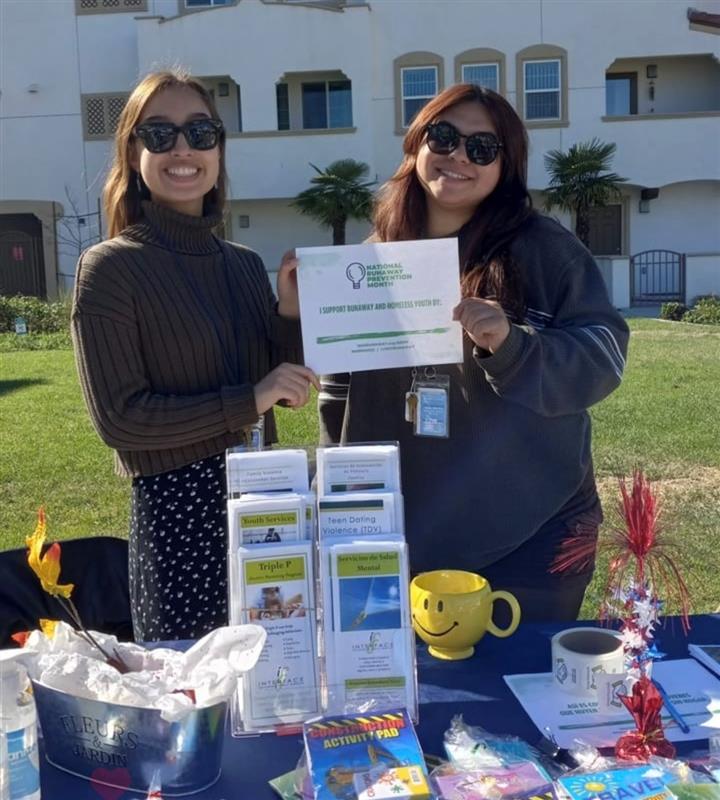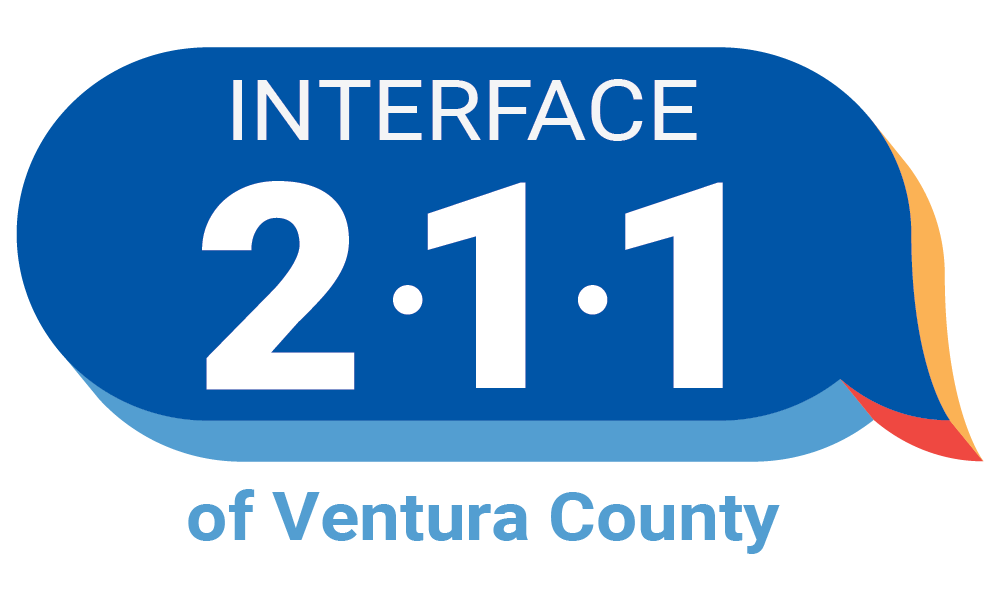
As National Runaway Prevention Month comes to a close, we are turning the newsletter over to our Youth Crisis & Homeless Services Team to share their experience and perspectives.

(Photo: Street Outreach Team tabling at a community event during National Runaway Prevention Month)
Christan Perez, Director of Human Trafficking Prevention & Intervention (Interim Director of Youth Crisis and Homeless Services)
November is known as a month of gratitude. It’s the time of year when friends and families gather together to celebrate the start of the holiday season, share food, reflect, and spend time with one another. However, in the heart of our community, there are those who find themselves without a place of refuge to gather or even sleep for the night. Interface’s Youth Crisis & Homeless Services staff increasingly encounter youth living on the streets, looking for their next meal and a safe place to stay. Frequently these youth are alone, isolated, and in a state of crisis. Like many unhoused individuals, they are seen yet unseen – faced with stigmatization, fear, instability, and danger as they try their best to survive
November is also National Runaway Prevention Month, which helps us to “Shine a Light” on the 4.2 million youth between the ages of 13 and 25 that experience homelessness in our country each year. This is the equivalence of 1 in 30 youth. For reference, the average classroom size in our community has 30 students, which means that at least one student in every classroom is facing housing insecurity or homelessness this year.
Ventura County is not immune to these statistics. The challenges our youth face today have less to do with geographical location and more to do with the adversities that plague their emotional well-being. Issues such as violence, bullying, human trafficking, foster care, substance use, LGBTQ+ discrimination, physical abuse, and neglect do not have borders and are hugely impacting the mental health of today’s youth. In talking to youth who have run away, our team has found that factors like these are often the driving force behind the mounting pressure to escape.
I am grateful for the amazing team of young advocates working at Interface, who are out in the community every day reaching out to youth, building relationships, providing resources, and reminding youth of their value and importance. Our Street Outreach team offers youth a chance to feel seen and heard, which helps build trust and provides them with a foundation of support. These young adults are out on the streets in our community, making a difference in the lives of youth in their community. When we asked our team about their work, here is what they had to say:

Khloie Partido, Street Outreach Specialist II
As someone who asked a hundred different questions as a kid, I remember feeling the most confused when adults had trouble explaining why people were homeless and why there was so little support for them. When you’re experiencing the world through the eyes of an eight-year-old, solutions like building a house or sharing a meal can seem simple and easy. It wasn’t until I reached adulthood that I realized how complex homelessness really is. Help looks so different for each person, and support needs to be individualized to account for a person’s specific needs and circumstances because there is not one reason or formula that leads to a person becoming unhoused.
In my time at Interface, I have found that homelessness is often the result of hardships that overpowered the people facing them. It’s an experience my mom endured at the age of sixteen when she found herself on the streets for a year because of family issues. Youth who are fleeing family issues are part of a population that goes largely unnoticed. Homelessness in general is a subject that few like to speak about, perhaps because there is no easy way to solve this crisis or maybe because it is easier not to talk about it than to look at the issue square in the face. It is hard to imagine someone as young as twelve years old being displaced due to familial or financial issues- to imagine what their life must look like and the uncertainty they feel.
As a Youth Specialist II, I am actively contributing to programs that address the adversity that young individuals face, and supporting them in their journey to stable housing. One thing I have learned in this role is that when we give youth a safe space to voice their feelings and ideas, we learn more about the root causes of homelessness and can better envision a future where the opportunities for housing and health are endless.
Visit us online at www.icfs.org to learn more about our programs and services and follow our Street Outreach Team on Instagram at @StreetOutreachProgram for updates on services for youth experiencing or at risk of homelessness.



